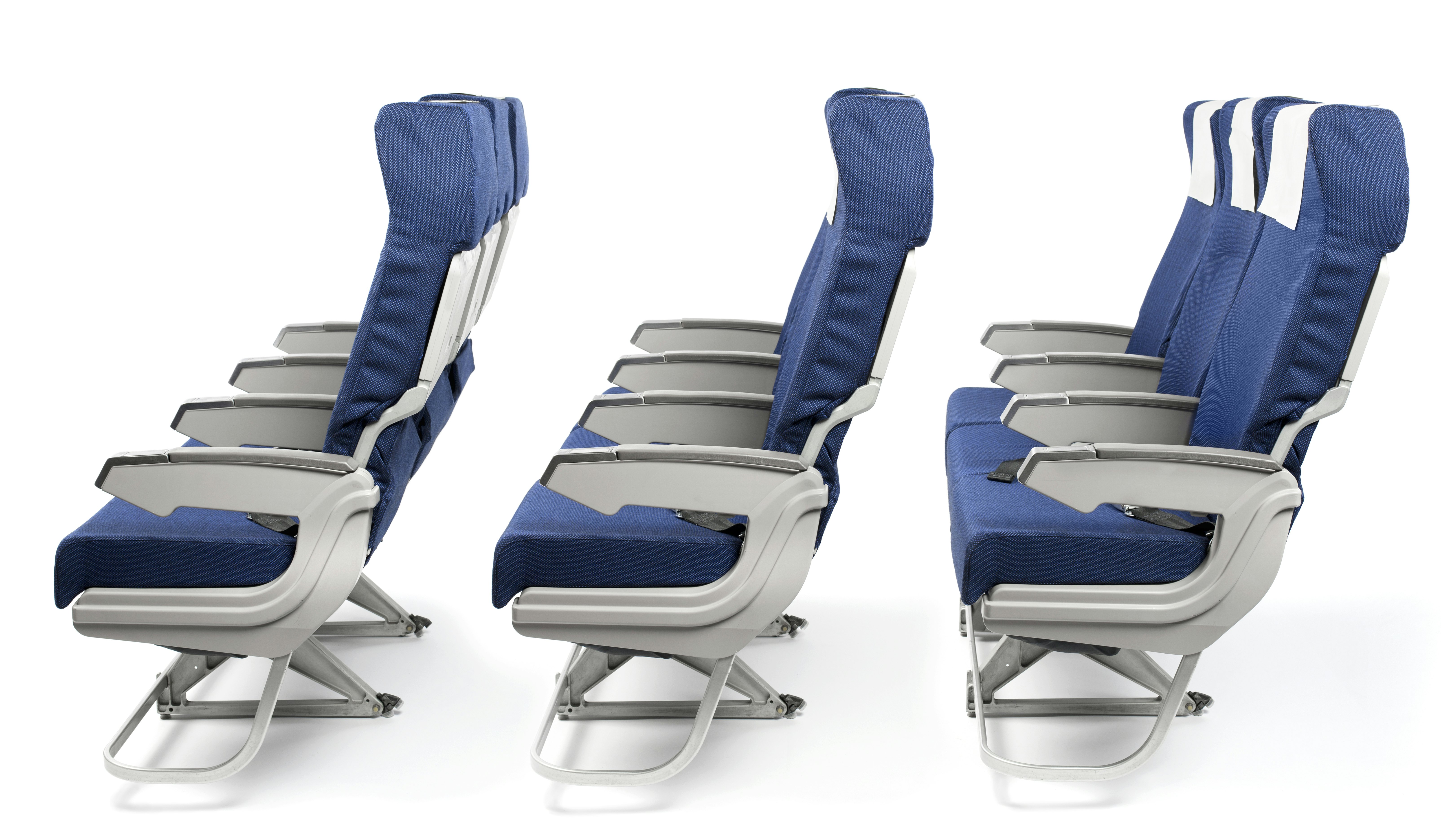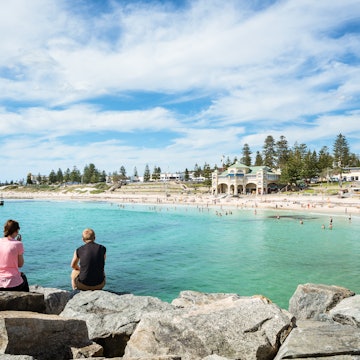

You might think that airplane seats are becoming more and more uncomfortable. For many of us, that’s true: not least because we age – when we’re younger our backs are more forgiving of a hard surface. But while airlines are also installing seats closer together — generally a bad thing, since people are getting taller and broader — there’s a bit of a silver lining with some of the newer, space-efficient seats on the market.

Here’s the thing: airlines are going to put as many seats on the plane as they can get away with. If they’re putting 200 seats on the plane anyway, it’s quite a lot more comfortable to be in the space-saving seats than it is in older ones that are now an inch or two closer together.
Trust me, I’m an aviation journalist. I’m also 6’3” (1m90) and built for comfort rather than speed, so I very much feel it when there’s space for my knees to clear the seat in front or must be wedged against them.
Read more: Which planes are the most comfortable?
Look at easyJet as an example. Their latest set of seats are a rather smart dark grey with little flashes of very on-brand orange. Yes, they might look a bit like ironing boards, but they’re substantially more spacious than the older seats, which easyJet told me come from a variety of manufacturers.
The new seats are from German seat maker Recaro, who are best known for making automotive seats. The name of the new easyJet seats is SL3510 — no, there’s nothing snappier than that; and yes, aviation journalists make the joke about them sounding like an old Nokia phone from the 1990s too.

There are some clever design tricks making those seats a bit more spacious
The extra space for your knees comes from a couple of nifty engineering tricks. Let’s talk first about what you can see: the back of the seat in front of you.
You’ll immediately notice that these seats are a lot thinner than the older ones. That’s because of the use of new thermoplastics — and, in the future, carbon-fibre reinforced composites — that mean there’s just physically less seat between you and the person in front.
Read more: How to make the best of a long-haul flight
They’re also sculpted to the human form, although the Recaro ones don’t have quite as much of the pronounced, curvy shape I call the “bum bucket” as other seats, including those from Acro (who really started the ultra-slimline trend with their Series 3 seat, as seen on Jet2, Spirit, Frontier and elsewhere).
Less obvious is the engineering underneath the seat. Essentially, most underseat frames are made up of two types of structure: vertical legs that fix to a set of tracks in the floor, and horizontal support beams on top of which the seat cushion is placed.
The latest generation of seats have rearranged these horizontal support beams, mostly pushing them forwards and redesigning the vertical legs to take the strain. This ends up meaning that the rearmost horizontal support beam is out of the way of your legs, and the seats feel a little higher up so that your shins can clear the underside, making you feel like you have a lot more space.

How you measure seats really matters
Airlines measure legroom in what’s called ‘pitch’ — the space from any point on one seat to the same point on the seat in front of it. The standard used to be 31”, then 30”, and we’re now down as low as 29” on many low-cost carriers, and even some of the legacy airlines that like to advertise a premium experience and then give you the same seats as their cheaper competition. The lowest you’ll find these days is 28”, but I wouldn’t be surprised to see 27” in the near future.
The problem is, if we take 29”, not all seats are the same. A couple of years ago I flew two days in a row, on two different airlines, on Boeing 737s, both in 29” of pitch. On one airline I had to physically sit side-saddle my legs at an angle and one knee out in the aisle. On the other, I was fine — feet stretched out under the seat in front and knees only just touching.
It’s by no means easy to find those newer, more spacious seats. If you’re lucky, when searching, you might just find a single seat pitch number that doesn’t help much.
Read more: Is flying getting more luxurious?
Lots of airlines still have the older, less comfortable type flying alongside their new ones — and that’s especially true for larger airlines, and those that have multiple kinds of planes, because it takes a while to install a whole new set of seats across an entire fleet of aircraft.
The only relatively sure way is to fly an airline that has a particular type of seat exclusively, or almost exclusively. Jet2 in the UK was an early adopter of the Acro slimline seats, and Spirit and Frontier also have them. The trick, of course, comes if the planes are swapped for some reason, which is by no means rare these days, with airlines scrambling to get replacements for the still-grounded Boeing 737 MAX fleet.
For the others, it’s a sort of ‘if you take plane X’ or ‘if you happen to luck out with a new cabin’, I’m afraid. It’s all just a bit of a gamble… so good luck next time you fly!














